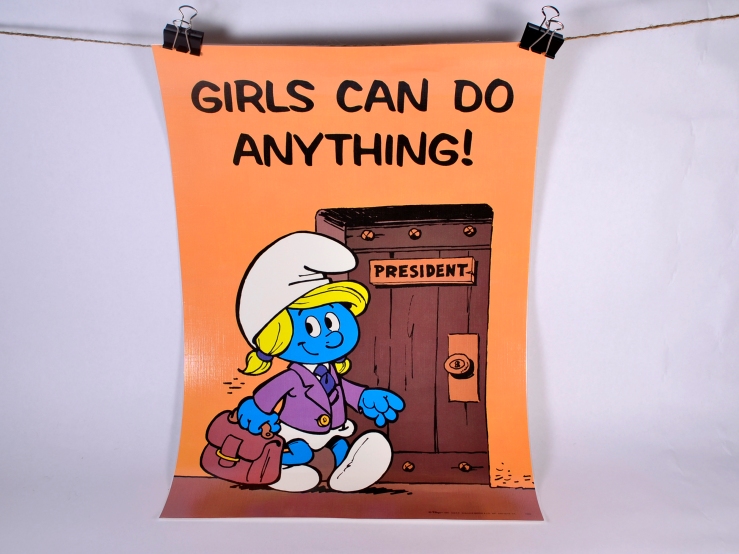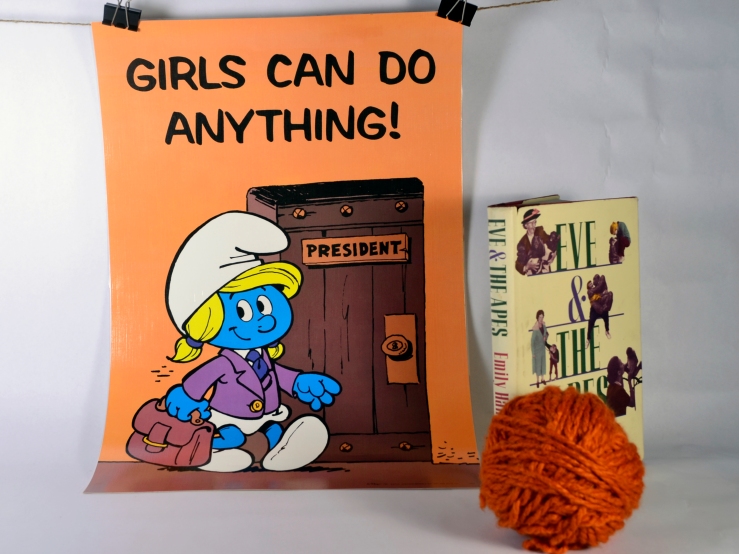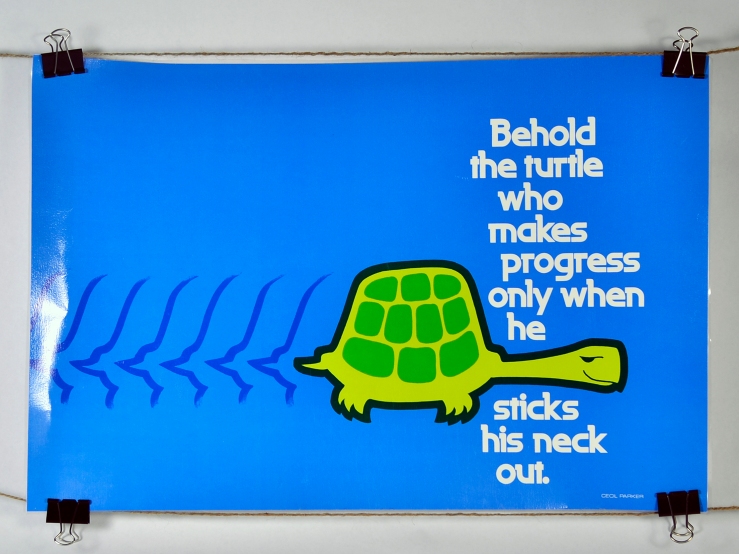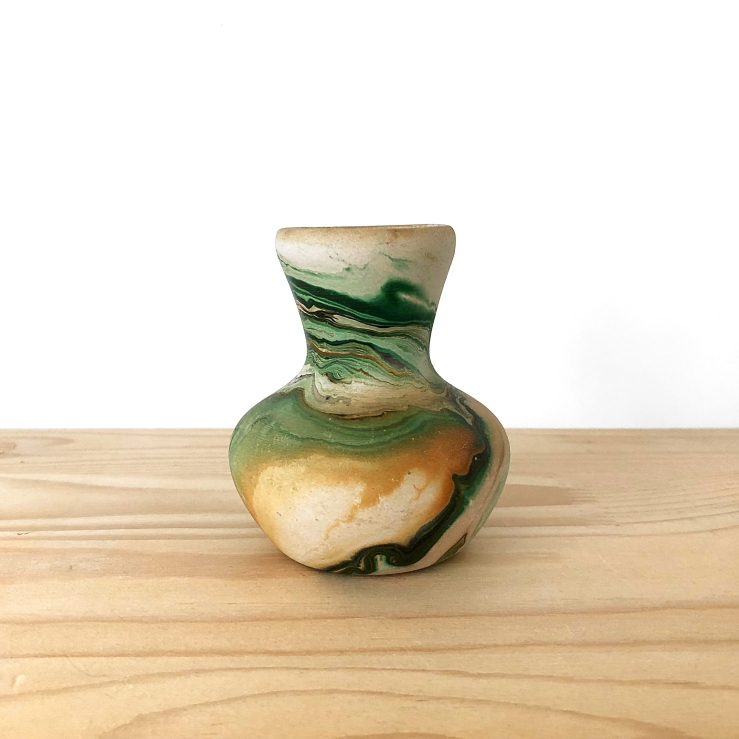
Nemadji Pottery seems to be everywhere. I coveted it, but could never get my hand on any. Then the other day it was just sitting on the Goodwill Shelf. At first I thought it wasn’t true Nemadji because the name isn’t all there, but on close examination, yes, it says Nemadji.
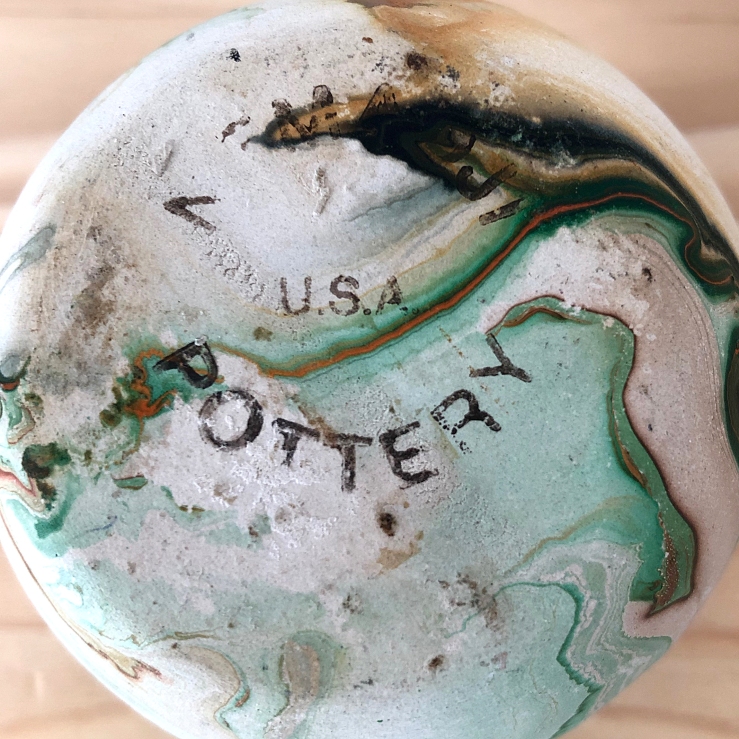
Hooray! But what is it? Etsy says it better than I could:
Nemadji Tile & Pottery Co. of Moose Lake, Minnesota, began producing their swirled pottery in 1929. A distinctive product and clever marketing were the roots of their success. The name “Nemadji” is an Ojibwe word meaning “left-handed,” but was easily misunderstood to be the name of a tribe. In the information sheet that accompanied their pots, Nemadji stressed that their wares were made with the same clays and shapes used by Native Americans. The connection of this marbled style of decoration with Native American production was more assumption than fact, but Nemadji was happy to encourage the idea. In reality, Eric Hellman, a Nemadji employee and Danish immigrant, came up with the idea to decorate the vases using simple house paint.
-https://blog.etsy.com/en/history-lesson-nemadji-pottery/
More:
Nemadji Tile and Pottery started production in Moose Lake, Minnesota, in 1923. Originally producing Nemadji Tile from clay collected at the Nemadji River, the studio produced Nemadji Pottery during the Depression to fuel tourist markets, usually in the western and northeastern United States. The pottery was marketed as “resembling” ancient Indian artifacts, so Nemadji Pottery became known euphemistically as “Indian” pottery. As stated earlier, the pottery’s name, which roughly translates as “left-handed,” originates from the Ojibwa language; however, the craftsmen originated mostly from Scandinavia.
Nemadji Pottery has a very distinctive look. It is typified by its swirled paint look, which was developed by Eric Hellman in 1929. Hellman went on to work for Van Briggle Pottery before World War II and opened the Garden of the Gods Pottery in Colorado Springs in 1950. The last Nemadji Pottery was produced during 2002.
=https://dogbotz.wordpress.com/2012/09/08/the-truth-behind-nemadji-pottery-or-the-great-american-indian-hoax/
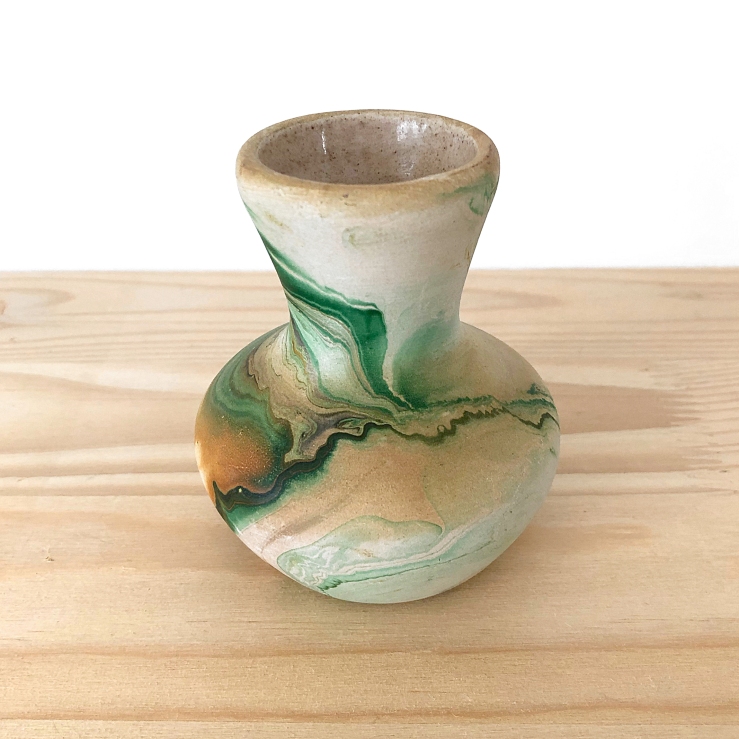
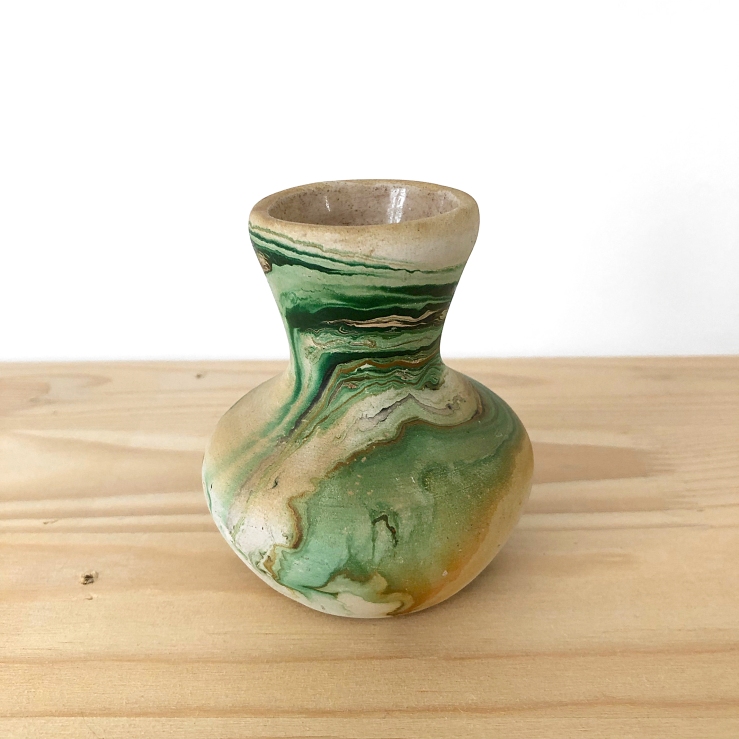
To clean: use dawn dish soap and a sponge. If they have a shellac interior just wipe them inside with a clean soft cloth as the shellac is delicate. For outside rubs and marks try an artists eracer and try a small area. These are fired pots with oil based paint.
-https://nemadjipottery.com/about/
This little cutie will be on my etsy store Gotchachacha@etsy soon. Probably $10


